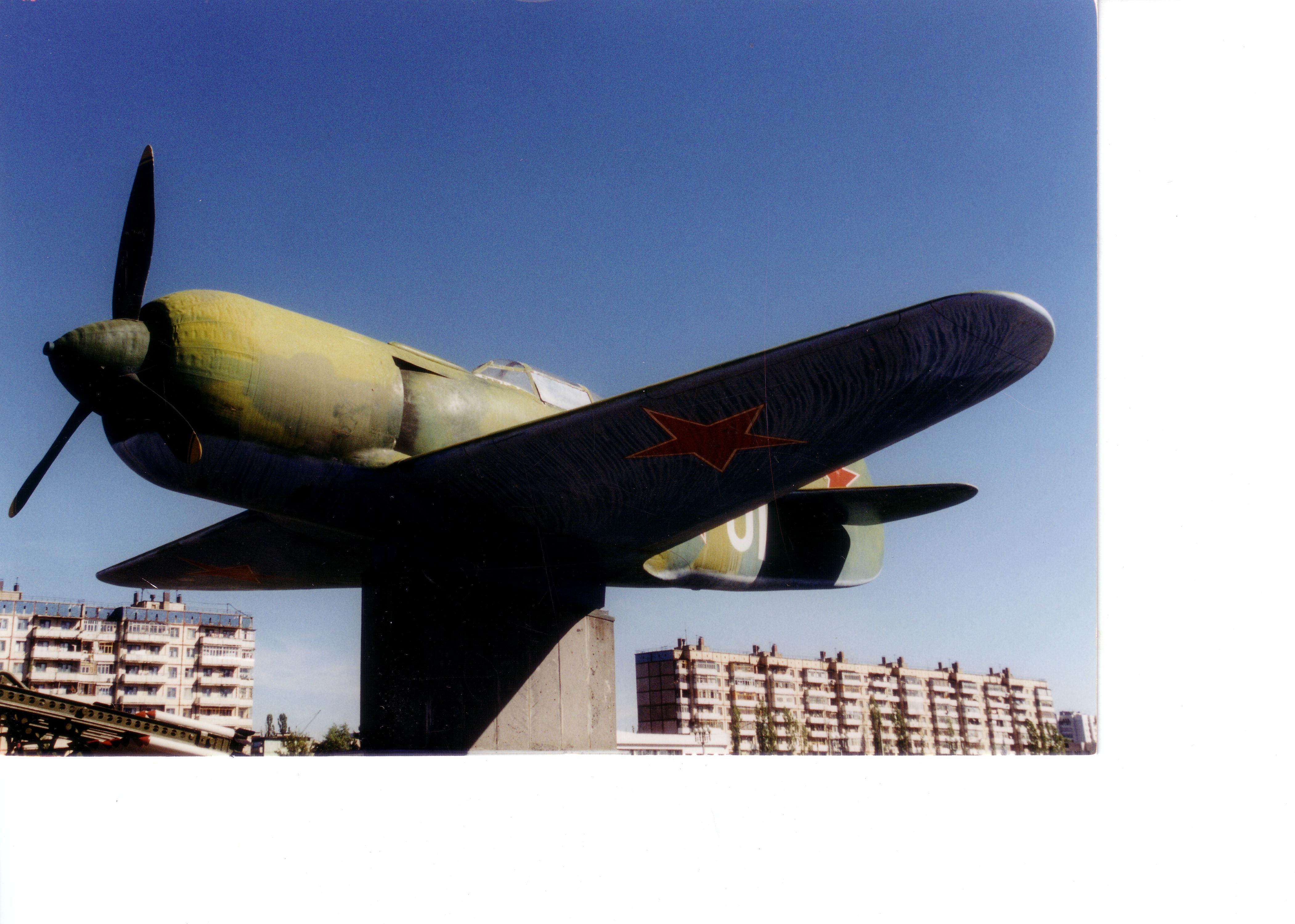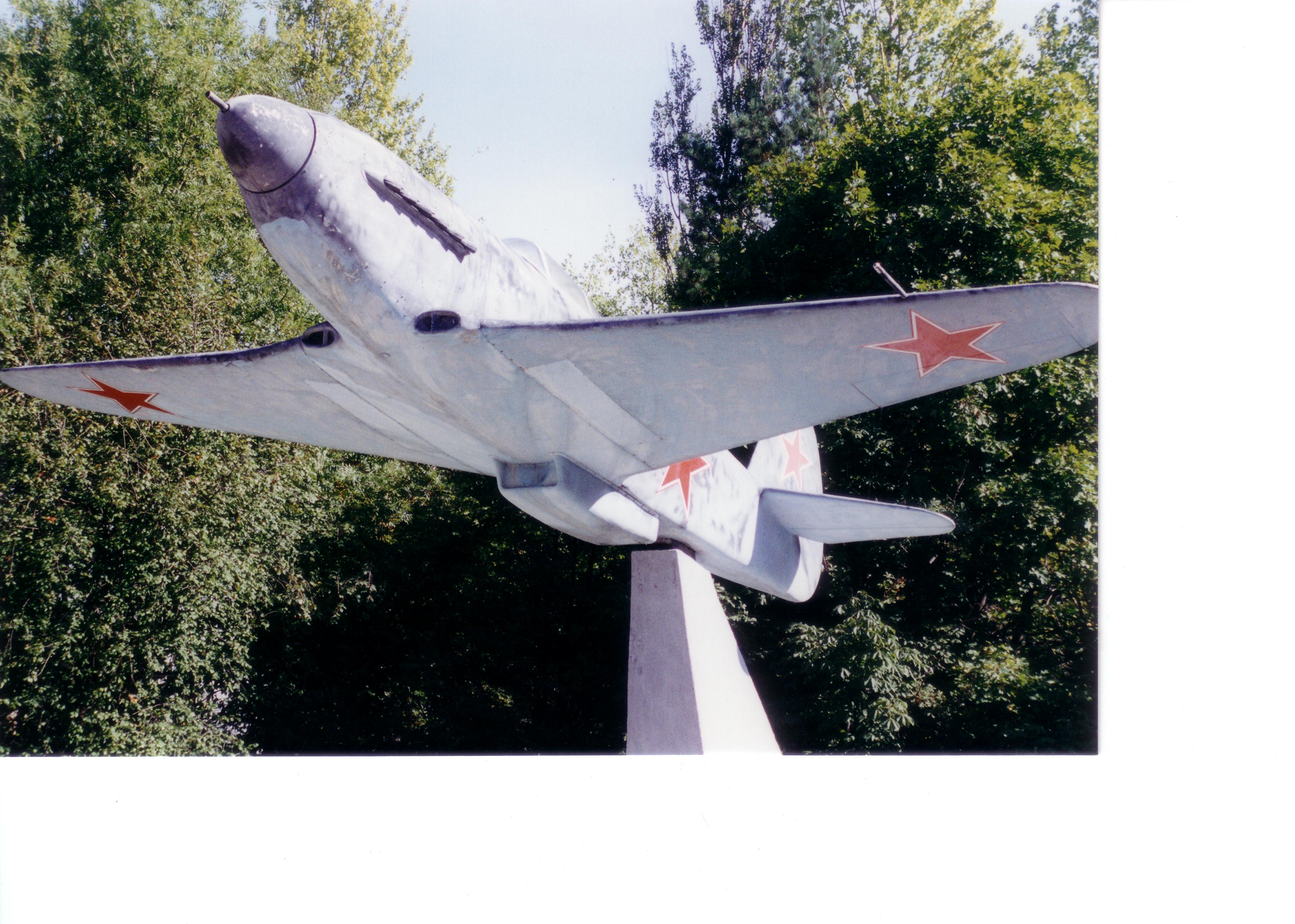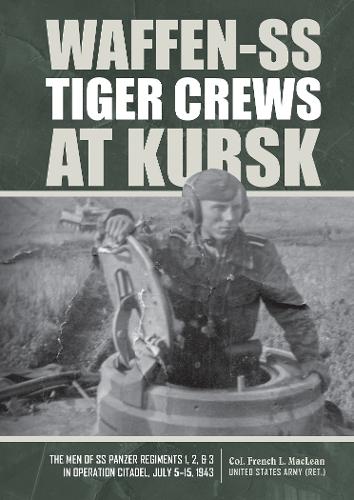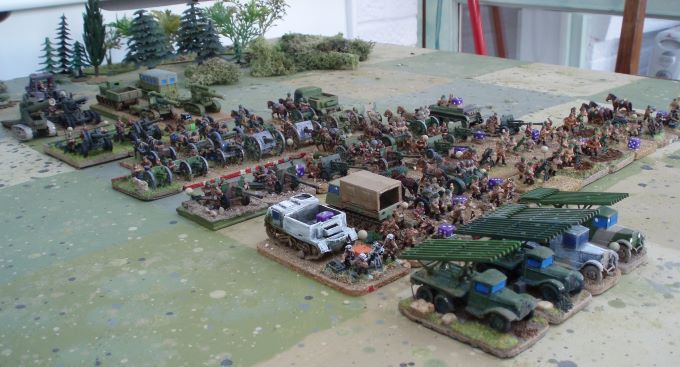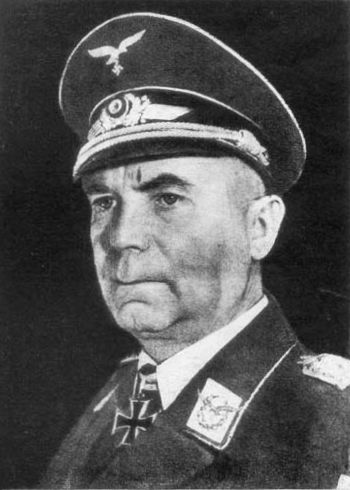Now, the purpose of War by Numbers was not to create Combat Results Tables (CRT) for wargames. Its real purpose was to test the theoretical ideas of Clausewitz, and more particularly, Trevor N. Dupuy to actual real-world data. Not as case studies, but as statistical compilations that would show what the norms are. Unfortunately, military history is often the study of exceptions, or exceptional events, and what is often lost to the casual reader it what the norms are. Properly developed statistical database will clearly show what the norms are and how frequent or infrequent these exceptions are. People tend to remember the exceptional cases, they tend to forget the norms, if they even knew what they were to start with.
Chapters 3, 4 and 5 of War by Numbers is primarily focused on measuring human factors (which some people in the U.S. DOD analytical community seem to think are unmeasurable, even though we are measuring them). As part of that effort I ended up assemble a set of force ratios tables based upon theater and nationality. The first of these, on page 10, was in my previous blog post. Here are a few others, from page 11 of War by Numbers.
Germans attacking Soviets (Battles of Kharkov and Kursk), 1943
Force Ratio Result Percent Failure Number of cases
0.63 to 1.06-to-1.00 Attack usually succeeds 20% 5
1.18 to 1.87-to-1.00 Attack usually succeeds 6% 17
1.91-to-1.00 and higher Attacker Advances 0% 21
Soviets attacking Germans (Battles of Kharkov and Kursk), 1943
Force Ratio Result Percent Failure Number of cases
0.40 to 1.05-to-1 Attack usually fails 70% 10
1.20 to 1.65-to-1.00 Attack often fails 50% 11
1.91 to 2.89-to-1.00 Attack sometimes fails 44% 9
Pacific Theater of Operations (PTO) Data, U.S. attacking Japanese, 1945
Force Ratio Result Percent Failure Number of cases
1.40 to 2.89-to-1.00 Attack succeeds 0% 20
2.92 to 3.89-to-1.00 Attack usually succeeds 21% 14
4.35-to-1.00 and higher Attack usually succeeds 4% 26



